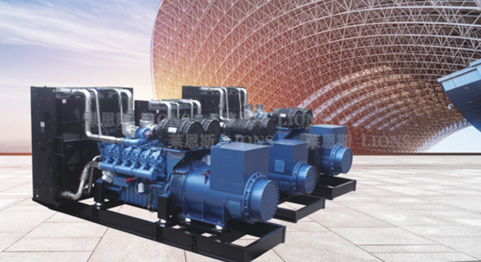Structural analysis and concise operation principle of brushless motor
Structurally, brushless motors have similarities with brushed motors. They also have rotors and stators, but they are opposite to the structure of brushed motors. The rotors of brushed motors are coil windings, which are connected to the power output shaft. The stator is a permanent magnet. Steel; the rotor of the brushless motor is a permanent magnet magnetic steel, which is connected to the output shaft together with the casing, and the stator is a winding coil. The brushless motor is used to alternate the commutation of the electromagnetic field. ), Then there is a problem now. Without the transformation of the electromagnetic field, how to make the brushless motor rotate?
Simple operation principle of brushless motor
In simple terms, by changing the alternating frequency and waveform of the current wave input to the stator coil of the brushless motor, a magnetic field rotating around the geometric axis of the motor is formed around the winding coil. This magnetic field drives the permanent magnetic steel on the rotor to rotate. The motor is turned on. The performance of the motor is related to the number of magnetic steel, the magnetic flux strength of the magnetic steel, and the input voltage of the motor. It also has a lot to do with the control performance of the brushless motor. The governor will turn it into 3-phase AC power. It also needs to receive control signals from the remote control receiver to control the speed of the motor to meet the needs of the model. In general, the structure of the brushless motor is relatively simple. It is the brushless electronic governor that really determines its performance. A good electronic governor requires a single-chip microcomputer control program design, circuit design, and complex processing technology. The overall control, so the price is much higher than the brushed motor.










